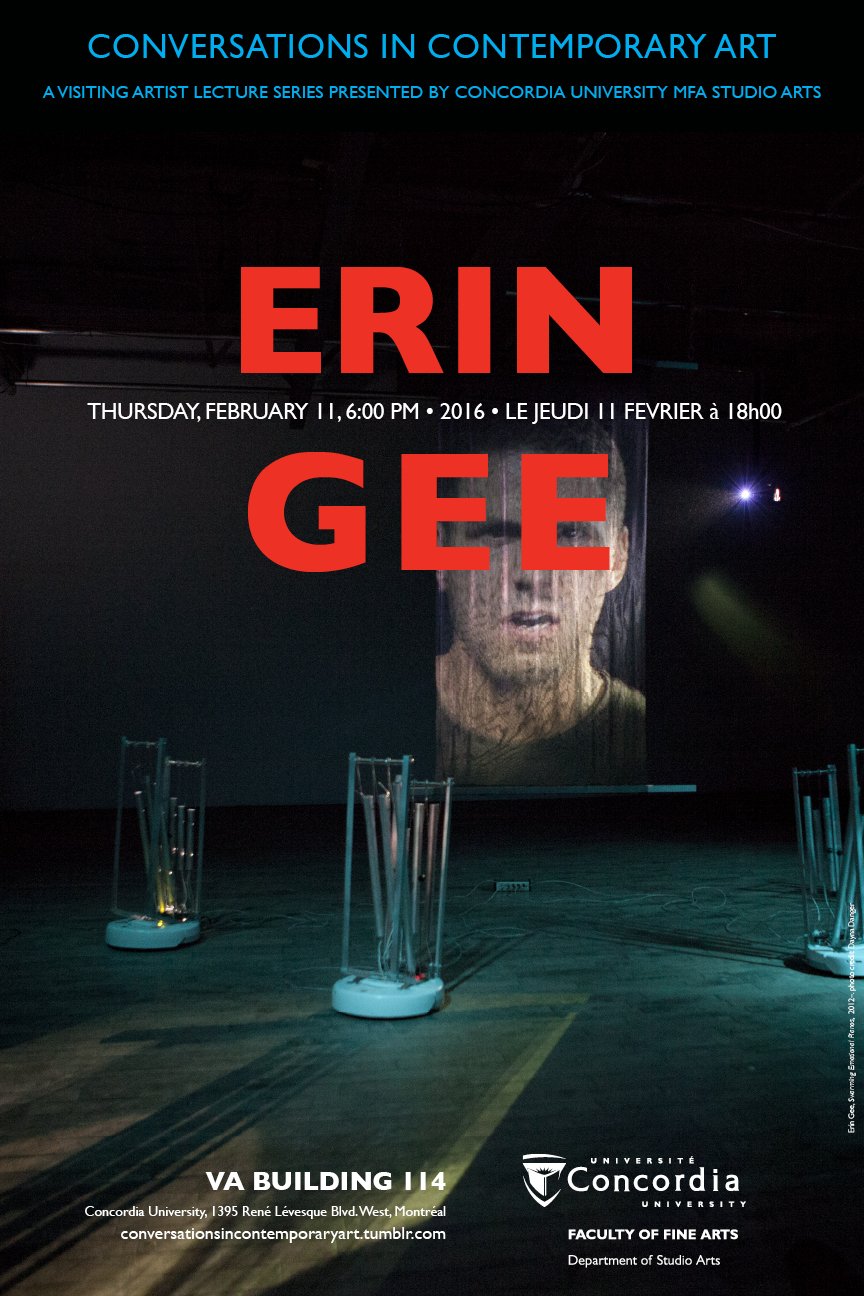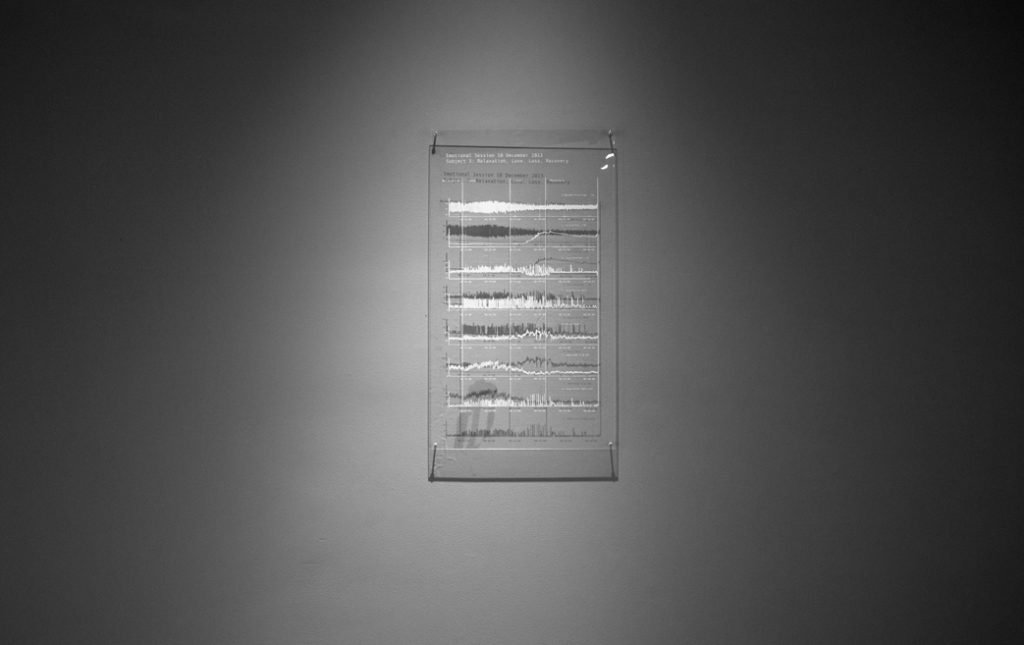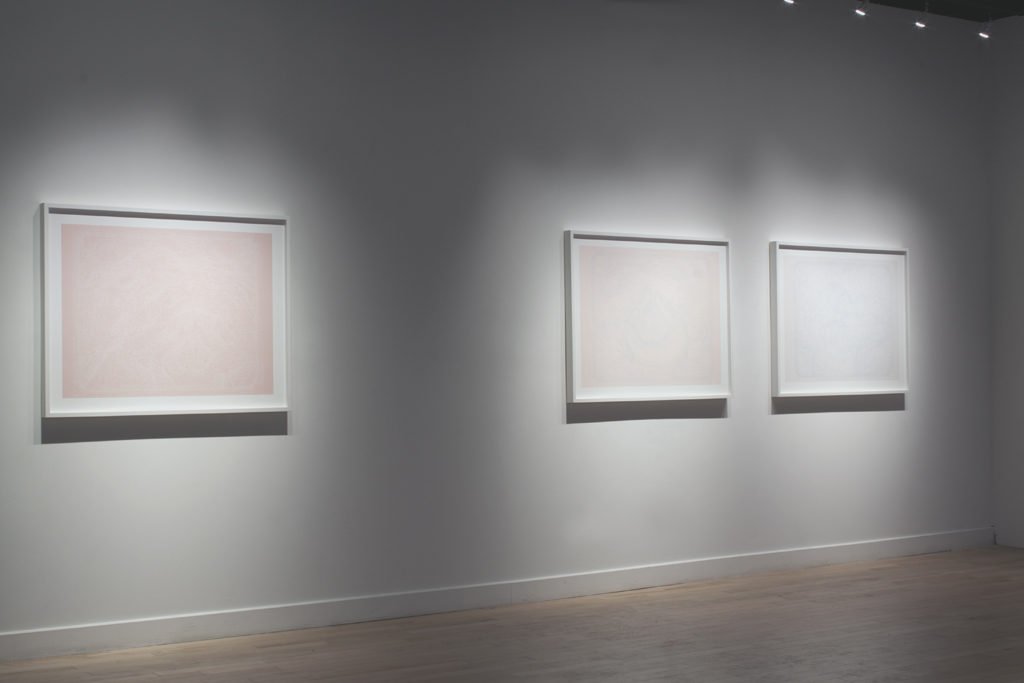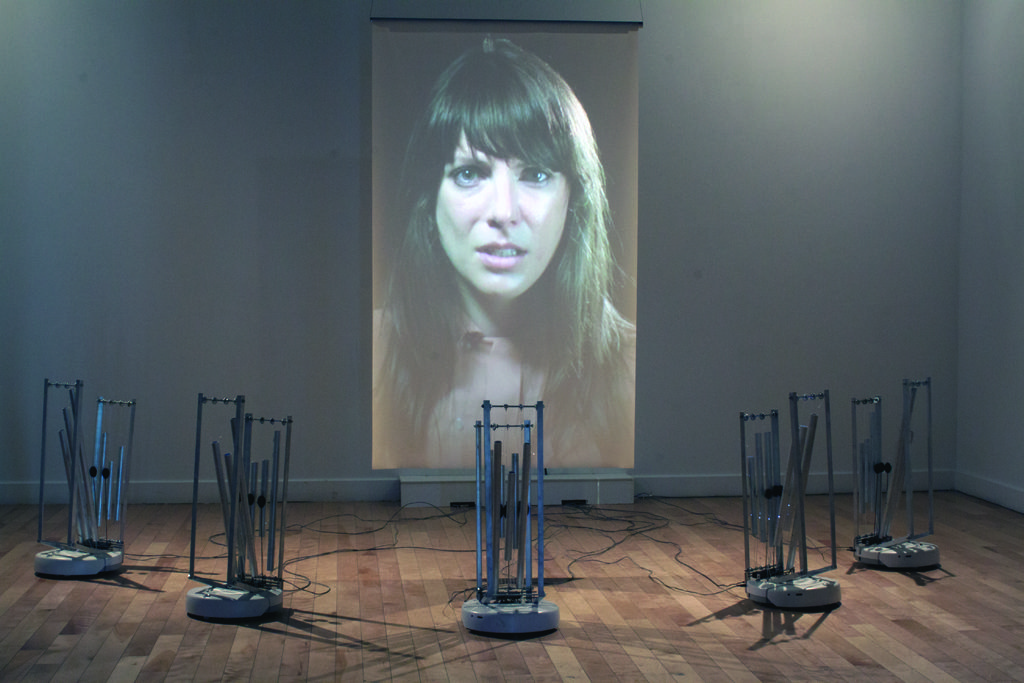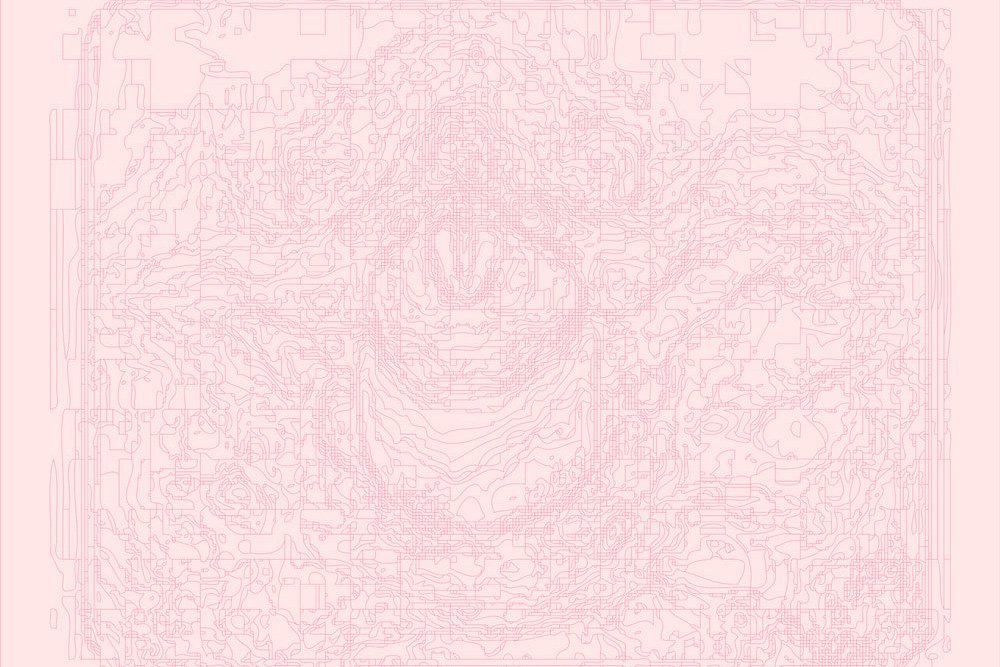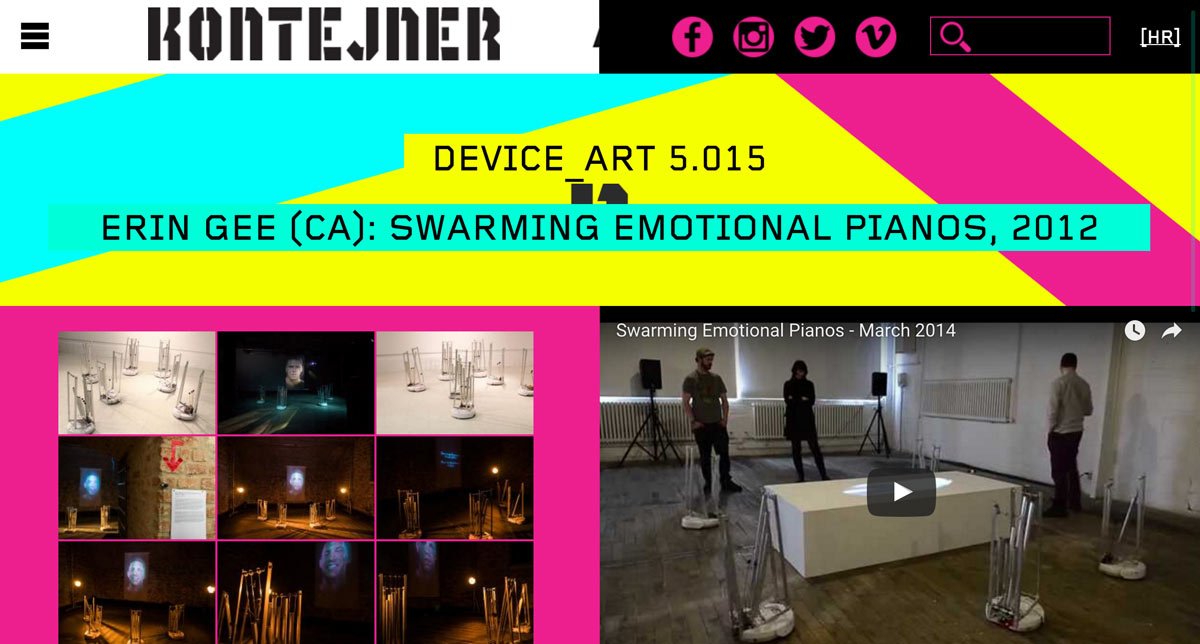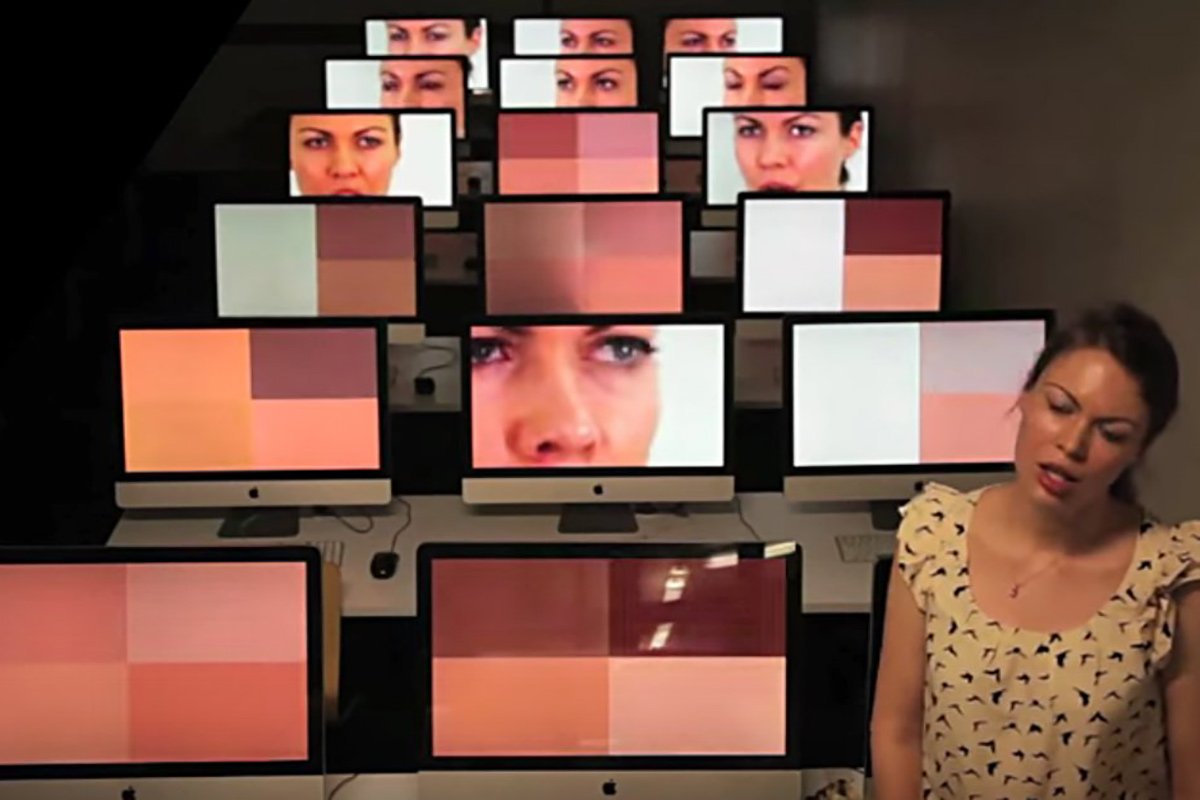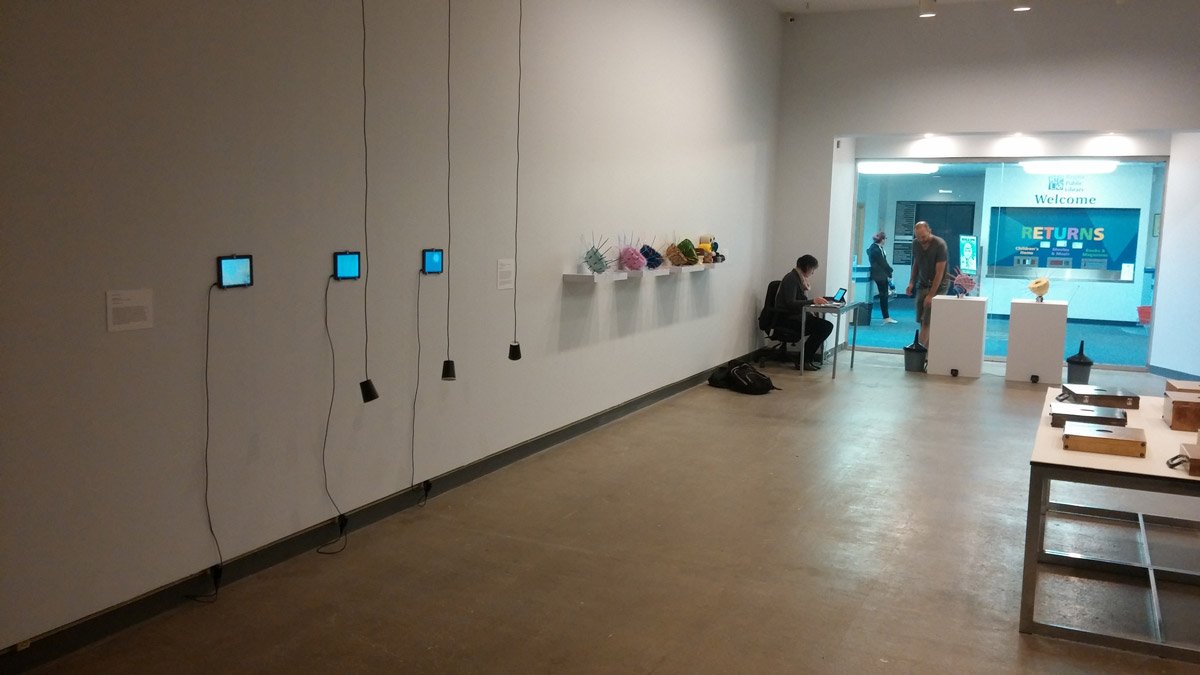New VR artwork commission from Trinity Square Video
I’m thrilled to announce that Trinity Square Video will be presenting new artworks for Virtual Reality interfaces in 2016-2017, including a new commissioned work by myself! The work will feature pop music’s potential military applications in a first-person shooter style video game – expect autotuned voices, virtual pop stars, and new embodiments of my emotional biosensor hardware to take shape in this new work.
The project will feature Alex M. Lee as head artistic designer as well as work by Marlon Kroll and Roxanne Baril-Bédard. I’ll continue to post teasers, hardware updates and more through this summer 2016!



